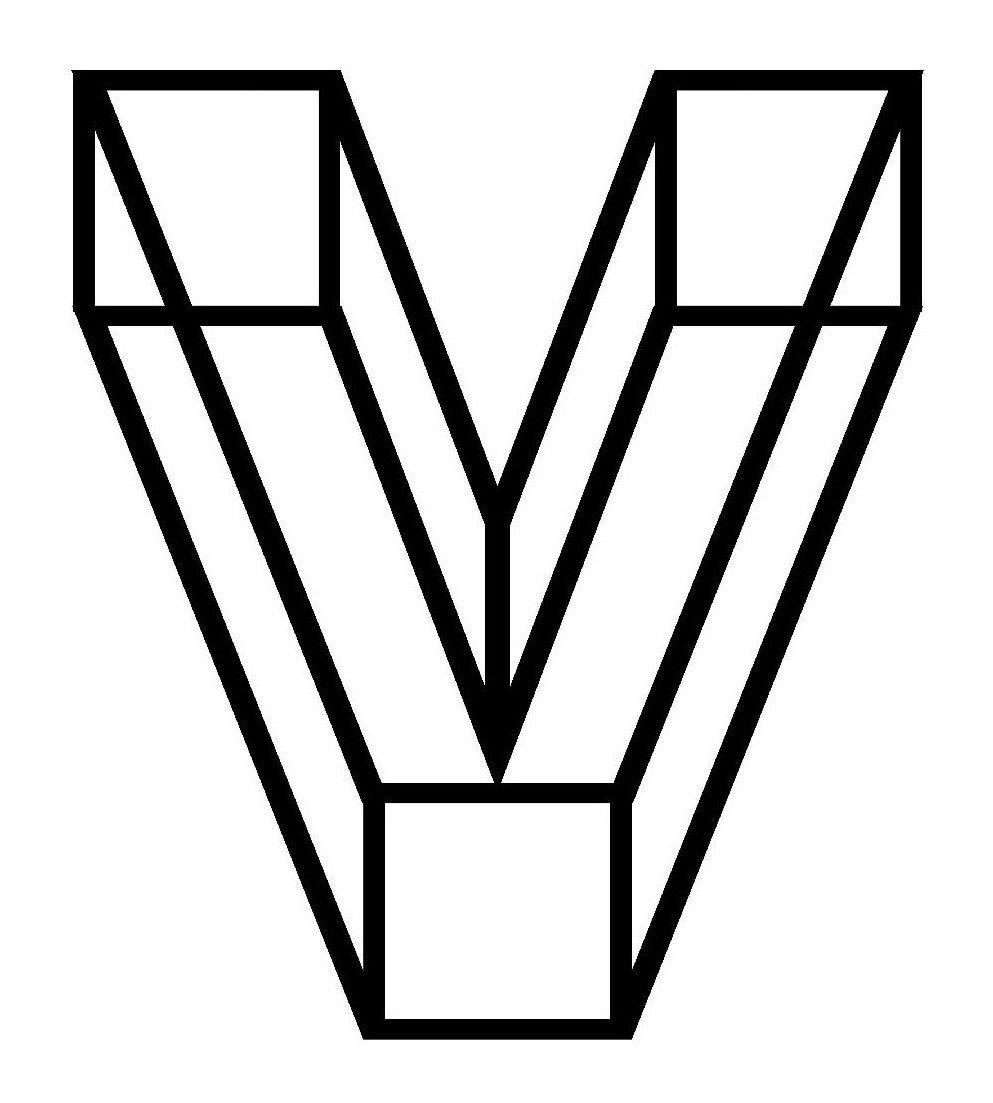 | Jeaslousy by Alain Robbe-Grillet {Reviewed by THOMAS} The only reality is the present moment, and the only certainty about that is that it is the present moment, constantly assailed as it is by the fantasies of the past and the future, each of which presents itself as an imitation present, a simulacrum differing either more or less from the present it seeks to replace. In retrospect, the present and the futures and pasts that assailed it are not different in kind and become hopelessly entangled, whatever geometry we apply to the task of considering it, undermining certainty and leaving us only with an endlessly loopable - and inescapable - experience of a present without any of the qualities of this present being fixed or certain. The unnarrated narrator of Jealousy narrates repeatedly a limited sequence of events: the presence of their neighbour Franck in the house he shares with the character referred to as A…, the interactions of Franck and A…, about which the narrator is uncomfortable and which culminate in the arrangement for Franck to take A... with him on his trip to the port town some hours drive from the tropical banana plantation in which they live, and also the return of Franck and A… the next day, having had to stay the night in the town apparently on account of Franck’s car having broken down. As much as possible, the narrator has excised himself from the narrative. He is only a point of observation and is careful to betray no agency. He is of course implied by his narration (ironically, A… eludes the geometry of his descriptions (even her name remains an ellipsis), the very descriptions that ensnare the narrator (despite his best efforts)), even, possibly, implicated by his narration. The narrative restricts itself to the present tense and to ‘objective’ detail, so to call it. As the narrator goes over and over the sequence of events (very much in the way he describes the overheard song of one of his drivers: “These repetitions, these tiny variations, halts, regressions, can give rise to modifications - though barely perceptible - eventually moving quite far from the point of departure.”), he allows, little by little, more evidence (so to call it) about what he suspects to be A…’s relationship with Franck to slip into the narrative. Detail puts a brake on the narrative, slowing its approach to trauma, but it is also the vector of that trauma. The details, the repetitions, become tighter and tighter around the trauma, like white blood cells clustering around the trauma. The narrator suspects A… and Franck of something that he cannot bear to think about but is obsessed with all the same. The precision of minuscule detail given about Franck’s pocket, from which protrudes, despite Franck’s best efforts to hide it, the corner of a piece of blue notepaper upon which A… was observed writing something earlier and which A… has presumably handed him after sending the narrator indoors for ice for their drinks, is an exemplar of the way in which detail can be used to control the pace and focus of the reader’s attention, as well as demonstrating how psychological weight can inform and distort objective description (an oxymoron). The narrator’s uncertainty about A… (her smile “can be interpreted as derision just as well as affection, or the total absence of feeling whatever.”) and about her relationship with Franck leads him to obsess over detail, which, under this sort of pressure, becomes unstable. “It’s no use making up contrary possibilities, since things are the way they are: reality stays the same,” states the narrator, but his repetitions begin to contradict themselves, first positing potentials (“A… may have put her face into the opening above the seat” after getting out of Franck’s car) and then assailing what we have previously ‘known’ (Franck crushing the centipede in A…’s bedroom rather than in dining room, Franck approaching A…’s bed, Franck’s car exploding in an accident), these alternative presents evidently constructed out of the narrator’s jealousy and bringing into question the actuality of his other observations. Everything is a play of images, interchangeable with other images, precision no guarantee of actuality. The port to which Franck takes A… has no more reality than the picture of the port on the calendar on the wall, or, rather, these realities contend with each other for the attention that will fulfill them. The present is inescapable, though it may be endlessly iterated and altered when relived in memory. The distinction between experience and memory is destabilised, the narrative chopped and repeated and discontinuous like memory. We are presented simultaneous contraries. The narrator both creates and erases the mark of the catastrophe, the trace, the stain of the centipede, the letter, the bloodstain (surely not...), the memory. In this endlessly iterated and permuted remembered present, at what point might an imagined future (also experienced as a present) begin to insert itself and start to drag the narrative, disengaged now from an actuality that is uncertain, off onto a branch that is more an expression of psychology than of so-called reality? Is it possible, even, that the entire narrative, from beginning to end, in all its permutations, takes place in the narrator’s frantic mind as he waits in A…’s room for her return from the port? As the narrator observes of A…’s and Franck’s discussion of a novel that the narrator has not read, “The variations as extremely various; the variations of these, still more so.” |
